Rising Demand for Hydrogen Fuel Cells
The Membrane Electrode Assemblies Market is poised for growth due to the rising demand for hydrogen fuel cells, which are increasingly recognized for their potential to provide clean energy solutions. As industries and governments seek to transition away from fossil fuels, hydrogen fuel cells are emerging as a viable alternative, particularly in transportation and industrial applications. The market for hydrogen fuel cells is anticipated to expand significantly, with projections indicating a potential market size of over 20 billion dollars by 2030. This surge in demand is likely to create a corresponding increase in the need for high-performance membrane electrode assemblies, which are critical components in fuel cell systems. Consequently, the growth of the hydrogen fuel cell market is expected to have a direct positive impact on the membrane electrode assemblies market.
Growing Applications in Various Industries
The Membrane Electrode Assemblies Market is witnessing a diversification of applications across various sectors, including automotive, aerospace, and stationary power generation. This trend is indicative of the increasing recognition of the advantages offered by fuel cells, such as high efficiency and low emissions. As industries explore alternative energy sources, the demand for membrane electrode assemblies is expected to rise correspondingly. For example, the automotive sector is projected to see a significant increase in the adoption of fuel cell electric vehicles, which rely on advanced membrane electrode assemblies for optimal performance. This broadening of applications is likely to drive market growth, with estimates suggesting that the membrane electrode assemblies market could reach a valuation of over 5 billion dollars by 2028.
Regulatory Frameworks Supporting Clean Energy
The Membrane Electrode Assemblies Market is significantly influenced by regulatory frameworks that promote clean energy solutions. Governments across various regions are implementing stringent regulations aimed at reducing carbon emissions and encouraging the adoption of renewable energy sources. These regulations often include incentives for the development and deployment of fuel cell technologies, which rely heavily on efficient membrane electrode assemblies. For instance, policies that mandate the use of zero-emission vehicles are likely to boost the demand for fuel cells, thereby driving the growth of the membrane electrode assemblies market. As a result, the market is expected to witness a robust increase in demand, potentially reaching a valuation of several billion dollars in the coming years.
Increased Investment in Renewable Energy Technologies
The Membrane Electrode Assemblies Market is benefiting from increased investment in renewable energy technologies, particularly in the context of fuel cell development. As countries strive to meet their energy needs sustainably, investments in research and development of fuel cells are on the rise. This influx of capital is facilitating advancements in membrane electrode assemblies, leading to improved efficiency and lower production costs. Recent reports suggest that investment in fuel cell technologies could exceed 10 billion dollars annually by 2027, which would significantly bolster the membrane electrode assemblies market. The focus on renewable energy sources is likely to create a favorable environment for the growth of this market, as stakeholders seek to capitalize on the transition to cleaner energy solutions.
Technological Innovations in Membrane Electrode Assemblies
The Membrane Electrode Assemblies Market is currently experiencing a surge in technological innovations, particularly in the development of advanced materials and manufacturing processes. Innovations such as the use of nanomaterials and improved catalyst formulations are enhancing the performance and durability of membrane electrode assemblies. These advancements are expected to lead to a reduction in production costs, making fuel cell technologies more accessible. According to recent estimates, the market for membrane electrode assemblies is projected to grow at a compound annual growth rate of approximately 15% over the next five years. This growth is driven by the increasing adoption of fuel cells in various applications, including transportation and stationary power generation, which further underscores the importance of technological advancements in this sector.


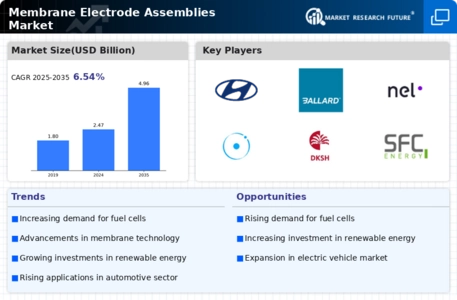
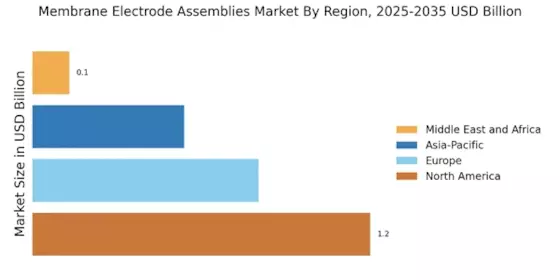



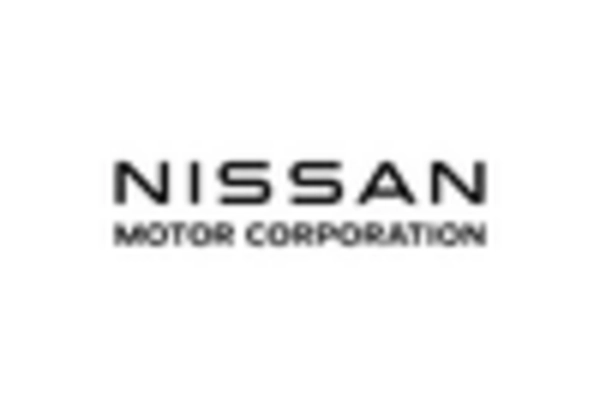
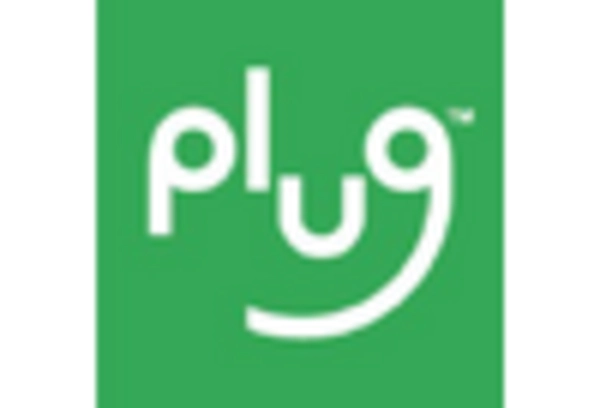
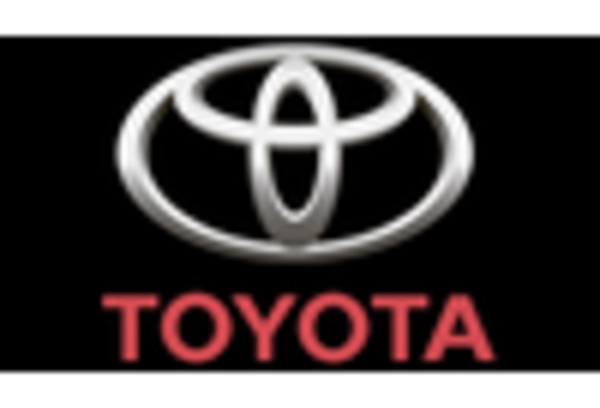








Leave a Comment